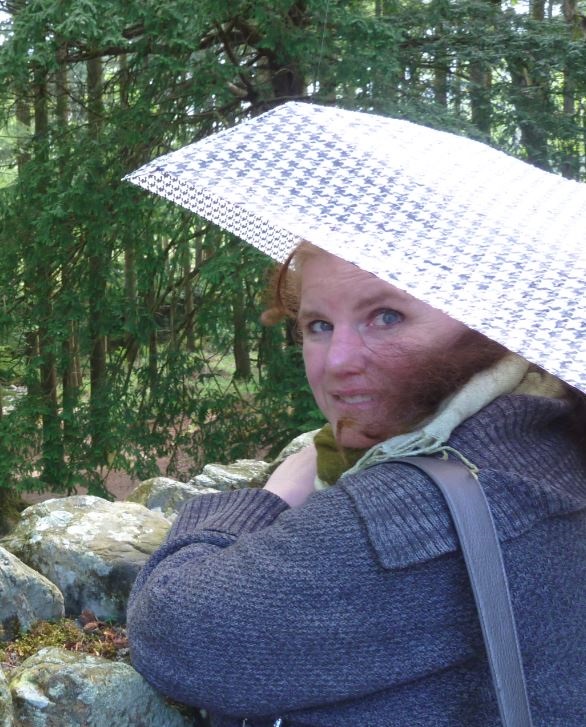The cadence of this story is a marvel. The language is a perfect shadow of the mood. For instance: “Redrick turned around for a second and slapped the old man’s face, feeling his prickly stubbled cheek. Burbridge sputtered and fell silent. The car was bouncing, and the wheels slipped in the fresh mud from last night’s rain. Redrick turned on the lights. The white bouncing light illuminated overgrown old ruts, huge puddles, and rotten, leaning fences. Burbridge was crying, sobbing, and snuffling. He wasn’t promising anything any more. He was complaining and threatening, but in a very quiet and indistinct voice, so that Redrick heard only isolated words. Something about legs, knees, and his darling Archie. Then he shut up.”
I am happy to find this book. When I first started looking for it, there were no copies under eighty bucks. But SF Masterworks came to my rescue once again: this was released in March this year, just when I needed it.
Cadence is more than pacing. Cadence is capturing the feel of your story with your turn of sentence. In the paragraph above, the prickly stubbled cheek immediately follows the slap, making it a shock to read it. The repetition of bouncing and sets of three words at a time, “Ruts, puddles, and fences,” and “Crying, sobbing, snuffling,” and “quiet, indistinct, and isolated,” and “legs, knees, and Archie” creates the sense of bouncing up and down the road. When Burbridge shuts up, it is abrupt, a short sentence. It is masterful.

 RSS Feed
RSS Feed